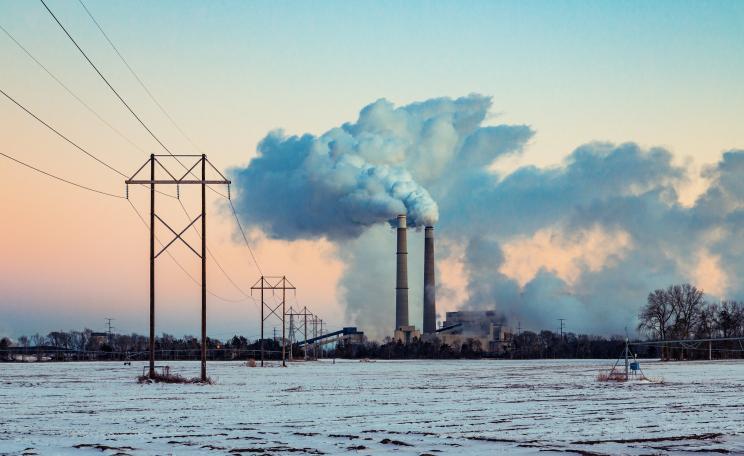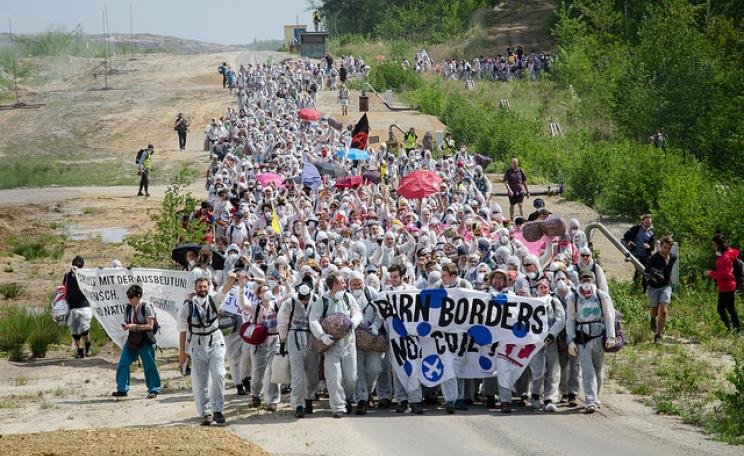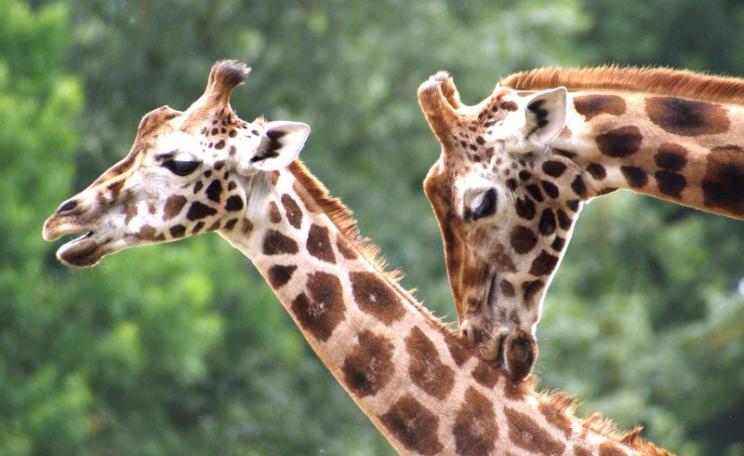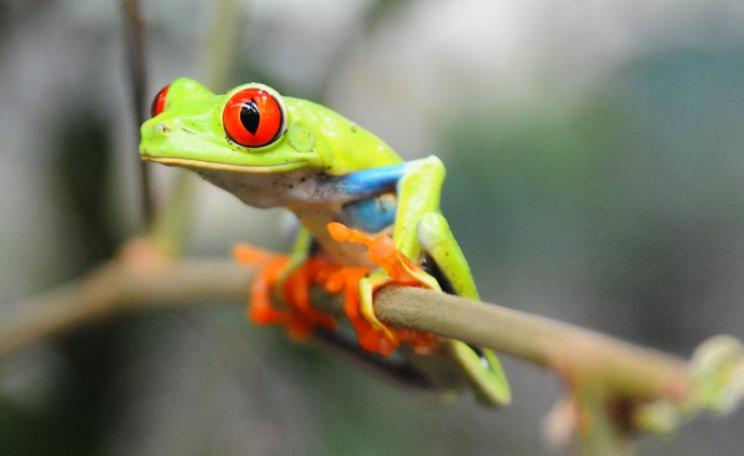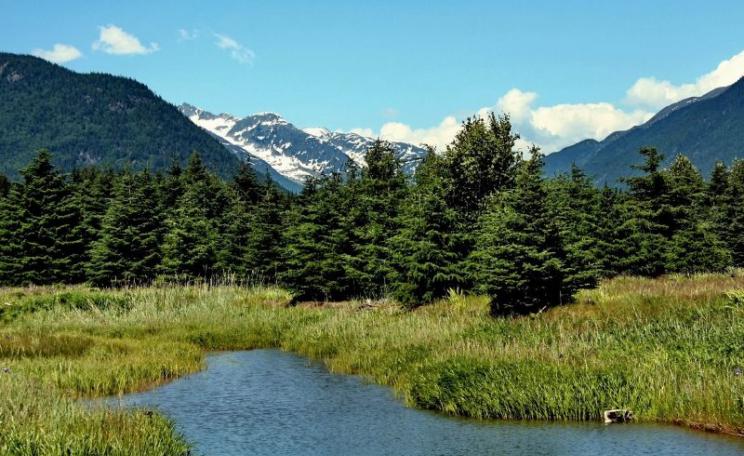Amazon experts scratched their heads and concluded that we'd just witnessed a 'once in a lifetime' event - something we'd never see again. But then, in 2010, it happened again. The second drought was even more widespread and devastating than the first.
"It's tough to make predictions, especially about the future": so goes a Danish proverb attributed variously to baseball coach Yogi Berra and physicist Niels Bohr.
Yet some things are so important - such as projecting the future impacts of climate change on the environment - that we obviously must try.
An Australian study published last week predicts that some rainforest plants could see their ranges reduced 95% by 2080. How can we make sense of that given the plethora of climate predictions?
In a 2002 press briefing, Donald Rumsfeld, President George W. Bush's Secretary of Defence, distinguished among different kinds of uncertainty: things we know, things we know we don't know, and things we don't know we don't know.
Though derided at the time for playing word games, Rumsfeld was actually making a good point: it's vital to be clear about what we're unclear about.
So here's my attempt to summarise what we think we know, don't know, and things that could surprise us about climate change and the environment.
Things we think we know
We know that carbon dioxide levels in the atmosphere have risen markedly in the last two centuries, especially in recent decades, and the Earth is getting warmer. Furthermore, 2014 was the hottest year ever recorded. That's consistent with what we'd expect from the greenhouse effect.
As you can see in following video from NASA, the temperature increases have been greatest at higher, cooler latitudes and somewhat smaller in the tropics:
We're virtually certain that some types of species will be more vulnerable to warming than are others. The most vulnerable will be thermal specialists, especially those that require cool conditions.
Rather surprisingly, it's increasingly looking as though tropical species, not those from colder climes, might actually be most susceptible to warming. Why?
In relative terms, tropical locales have stable temperatures. For instance, monthly average temperature extremes vary by more than three times as much in northerly Fairbanks, Alaska (-27.2 to 22.8C) as they do in tropical Cairns (17.1 to 31.5C).
As a result of such stability, tropical species tend to become thermally specialised. This is problematic if you're a cool-adapted specialist living on a tropical mountain. As the mercury rises, you don't have anyplace to go except heaven.
Amazon experts scratched their heads and concluded that we'd just witnessed a 'once in a lifetime' event - something we'd never see again. But then, in 2010, it happened again. The second drought was even more widespread and devastating than the first.
In fact, a growing body of evidence suggests that tropical mountains - which are remarkably rich in locally endemic species - could become hotspots of extinction in a warming world.
The research published last week suggests that 19 high-elevation plant species in north Queensland rainforests will experience a dramatic collapse of their geographic ranges - by 95% on average - under projected warming conditions by 2080.
This study follows earlier research by Australian scientists suggesting that many endemic animals in north Queensland could also be highly vulnerable to global warming.
We're also becoming convinced that heat waves, rather than a steadily rising thermometer, will be the death knell for many species.
We now know, for instance, that even brief episodes of temperatures above 42C kill flying foxes in their thousands. An especially strong month-long heat wave in 2005 evidently drove the iconic white lemuroid possum, a high-elevation specialist in tropical Queensland, right to the brink of extinction.
Things we know we don't know
Of course, there are plenty of things we don't know about future climate change. How much higher will CO2 levels climb? How much warmer will it get? How far will sea levels rise?
These are just a sampling of things we know we don't know. Another biggie is this: how will climate change affect the enormous stores of carbon held in the world's forests?
This question has generated a giant scientific bun-fight, with some researchers believing that rising CO2 levels will fertilize plants (which use CO2 for photosynthesis) and thereby increase forest carbon storage - sucking up a fraction of the CO2 that we're presently spewing into the atmosphere.
Others, however, believe that rising temperatures will cause plants (which essentially behave like cold-blooded animals) to crank up their metabolic rates. This means they'll have to burn more energy just to stay alive and hence will have less energy for growth. As a result, forests will gradually shrink over time - and the carbon they lose would worsen, rather than slow, global warming.
Who's right? We just don't know.
It gets worse. Water is vital for nature and humanity, but we have enormous doubts about how rainfall and snowfall will change in the future. The way we try to predict future precipitation is to have teams of really smart people use really big computers to create really complicated computer models, called general circulation models, or GCMs.
The problem is this: even when run under identical future scenarios, different GCMs often produce wildly different predictions. For instance, some GCMs suggest the Amazon rainforest will dry up dramatically in the future, whereas others suggest it will get even wetter.
The bottom line: If you want to predict future precipitation for any specific place on Earth, such as Sydney or São Paulo or New York City, go down to your local casino and toss some dice onto the craps table. You'll have about as much chance of success as do some of our smartest people using our biggest computers.
And then we come to extreme weather events, such as killer heat waves, devastating droughts and intense, flooding rains. Global-scale computer simulations run under varying greenhouse-gas scenarios suggest that such extremes will increase markedly in frequency this century - but, crucially, they don't tell us where or when they will happen. We can add this to our list of known unknowns.
Things we don't know we don't know
The final category is for changes that come flying in from out of the blue and smack us unexpectedly in the back of the head.
For example, prior to 2005, we thought we understood droughts in the Amazon. The dogma was this: droughts only affected certain areas, such as the relatively dry eastern and southern parts of the basin, and they only happened during El Niño years.
But in 2005, we witnessed something that nobody in living memory had ever seen before. Apparently because of a combination of global warming and natural climatic variability, the sea surface in the tropical Atlantic Ocean became exceptionally warm.
These warm seas not only spawned Hurricane Katrina, which devastated New Orleans, but they also drove the rain-bearing inter-tropical convergence zone (also called the monsoonal trough) northward.
The result: a drought affecting hyper-wet areas of the Amazon that were never previously known to have droughts. The effects were devastating - rainforest trees died by the millions, releasing billions of tonnes of atmospheric carbon emissions.
Amazon experts scratched their heads and concluded that we'd just witnessed a 'once in a lifetime' event - something we'd never see again. But then, in 2010, it happened again. The second drought was even more widespread and devastating than the first.
So now we're really confused. Have Amazonia's climate dynamics changed fundamentally? Is global warming nudging the Amazon into completely new climatic territory?
Another potential source of unknown unknowns is environmental synergisms - the one-two punch that happens when two or more environmental threats amplify one another or operate in concert.
For instance, we know that rainforests are most prone to burning during the dry season or during droughts, but the fires are usually rare and of low intensity because the warm, humid conditions rapidly decompose highly flammable leaves and twigs on the forest floor.
But what might happen to rainforests if they are logged or fragmented, creating thick piles of flammable slash and lots of ignition sources from forest colonists? Under such conditions, might even small droughts drive devastating wildfires? Could places like Borneo or Amazonia - which are being opened up like flayed fish by a barrage of human land uses - turn into fatal infernos?
As we ponder the consequences of future climatic change, it's this final category that's really the scariest.
Bill Laurance is Distinguished Research Professor and Australian Laureate at James Cook University.
This article was originally published on The Conversation. Read the original article.
![]()


